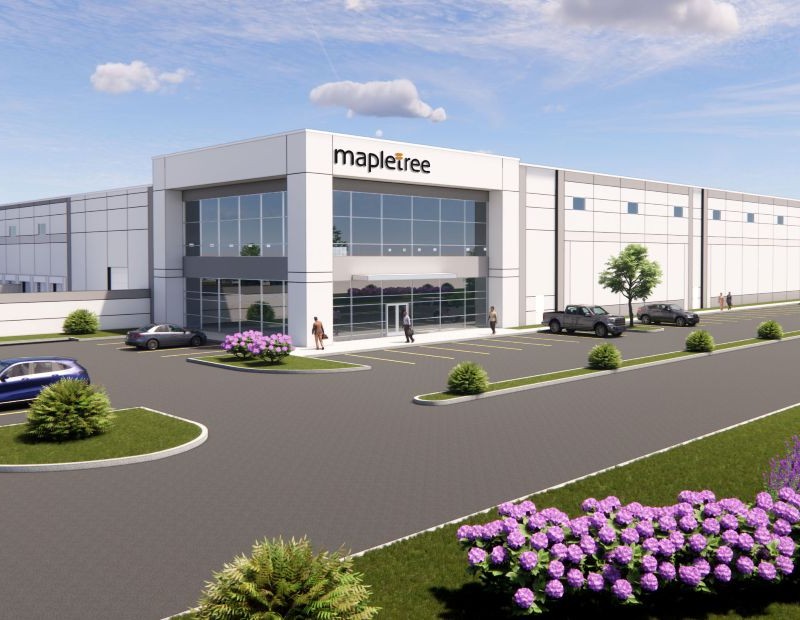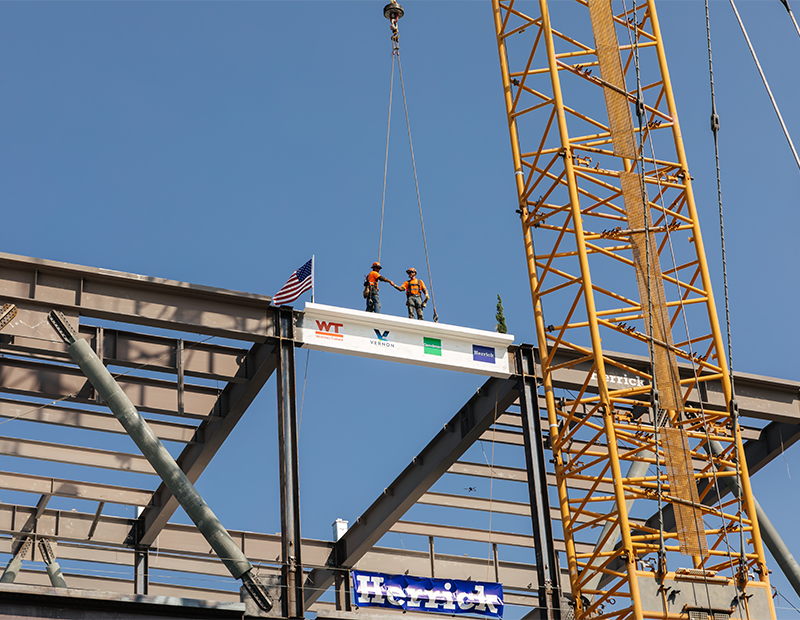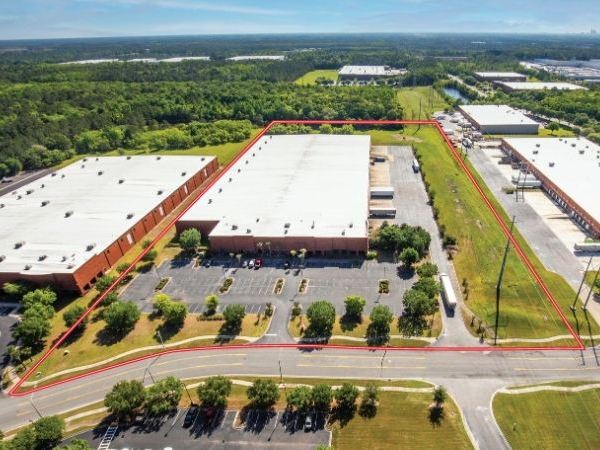Don’t Forget These CRE Finance Options
Jonathan Eggert and Jennifer Moseley of Burr & Forman on attracting EB-5 and E-2 investors.
The EB-5 immigrant visa investor program is an alternative source of funding for many real estate developers and is often less expensive than other sources. EB-5 capital can be used as any layer in the capital stack: senior debt, mezzanine debt or common or preferred equity.
The E-2 visa program also serves as a viable tool to raise capital for potential ventures but is limited to nationals of specific countries. However, the speed with which foreign nationals can obtain an E-2 visa may make it preferable to an EB-5 strategy to some foreign investors.
What Is the EB-5 program?
Congress created the EB-5 immigrant visa category to stimulate investment in rural and high-unemployment areas. The program generally provides that a foreign national may obtain a visa if he or she makes an investment of $1.05 million, or $800,000 in a rural or “targeted employment area,” and the investment creates full-time employment for at least 10 U.S. workers.
EB-5 investors receive conditional residency from the U.S. Citizenship and Immigration Services after initial approval, and to receive permanent residency, investors must apply for removal of the conditions between 21 and 24 months after entering the U.S. This application must show that the conditions for the EB-5 investment have been met—namely, that at least 10 jobs have been created—in order for the investor to receive a permanent green card, and thus, permanent residency.
Most EB-5 investors invest in entities (typically partnerships or LLCs) created by a “regional center” (described below). These EB-5 investment entities (the EB-5 “funds”) then invest in a job-creating entity controlled by a developer of a real estate or other construction project. The investment by the EB-5 fund can be a debt or equity investment in the job-creating entity. The regional center and the developer will negotiate where in the capital stack the EB-5 fund will invest, and typically it is the developer who will dictate whether the EB-5 fund can provide a debt or equity investment, depending on their leverage situation.
On the debt side, EB-5 funds frequently provide mezzanine loans to the developer, though there are some investments that provide the senior loan to a project. On the equity side, EB-5 investments are more likely to pertain to preferred equity, as the EB-5 investors do not want to take the full risk that comes with common equity ownership. Generally, EB-5 investors prefer debt investments since debt is more likely to be repaid. While the perception is that EB-5 investors are only concerned about whether the investment provides certainty that they will obtain their permanent green card, investors are also concerned about whether their capital investment will be repaid, even if this concern is often secondary to achieving permanent residency.
A “regional center” is simply an entity that has applied for, and received, a designation as such from the USCIS. Investing through a regional center entity means indirect and induced jobs are counted, not just direct jobs. Indirect and induced jobs include tenant employees in a commercial building and other employees who provide goods and services to the building. Economic modelling is used to predict the total number of direct, indirect and induced full-time jobs.
EB-5 investments can also be direct investments without a regional center. However, this requires equity investment by the EB-5 investor directly in the job-creating entity and the 10 full-time jobs required to be created must be W-2 jobs (not indirect or induced, as allowed with a regional center-facilitated investment). Direct investments also require investors to have a management role in the job-creating entity, which can be satisfied with an advisory role. However, even with an advisory role, this requirement, in addition to the direct equity and direct job count requirements, makes a direct investment structure less attractive to developers, especially if the developer needs more than just a few million dollars from EB-5 investors.
What Is the E-2 program? How does it differ from EB-5?
Foreign investors from certain countries can be granted an E-2 visa for work and residency which requires investment of a qualifying amount of capital in a U.S. business, among other requirements. Unlike EB-5, the E-2 program has an equity component. Specifically, the entity in which the investment is made must have the same “nationality” as the foreign national investor. A company’s “nationality” is determined by the nationality of most of its ultimate individual owners. To qualify for an E-2, the company receiving the investment must therefore be at least 50 percent owned by foreign nationals from the same treaty country. There are currently more than 80 E-2 treaty countries, although China and India are not included.
Like EB-5, a large portion of E-2 eligibility focuses on marginality of the U.S. business, which should typically create jobs for U.S. workers and should not exist solely for the purpose of providing a living for the foreign investor. Importantly, the E-2 program is also available for eligible startup companies who regularly utilize an E-2 strategy by preparing and submitting a comprehensive business plan in lieu of company financials to demonstrate anticipated future ability to employ U.S. workers.
Unlike the EB-5, the E-2 does not provide legal permanent resident status. However, some foreign investors view an E-2 visa as preferable because it is quicker to obtain and still results in a five-year visa that is renewable indefinitely. There is also no minimum investment threshold for the E-2 program if the investment is substantial enough to reasonably ensure a successful enterprise.
How can developers attract EB-5/E-2 funds?
EB-5 investors will be most interested in the budget and timeline to determine whether the project is in a TEA and is a “safe” investment from the immigration point of view. This means that certainty of job creation and the developer’s reputation will be of utmost importance. To receive USCIS approval of a project, a developer must provide a detailed and reasonable construction budget and timeline that support the number of newly created jobs required based on the amount of EB-5 funds needed.
Construction jobs will only be counted if a project lasts more than two years. Developers will be required to break down the budget by hard versus soft costs for an economist to determine which count towards job creation. For example, permitting fees, taxes and insurance do not count towards job creation. Generally, the only soft costs that are counted are architectural, engineering and site testing costs.
The economic models also consider the project’s location, since some regions create more economic activity per expenditure. Most regional centers require a buffer of 20 to 30 percent more jobs than demanded, giving investors more comfort that the requisite jobs will be created. Direct investments without a regional center require direct (W-2) jobs.
E-2 investors are likely to have similar concerns as EB-5 investors. Given the equity component of an E-2 visa, investors are also more likely to be interested in their potential business partners and long-term business plans.
Developers can make their projects attractive to these investors by ensuring the required job creation and seeking guidance from experts who can help them understand their role and importance in creating EB-5 and E-2-friendly projects.
Jonathan Eggert is a partner at Burr & Forman’s Hilton Head Island office in South Carolina. He has experience assisting and advising clients on business immigration and labor and employment issues in a wide range of industries. Jennifer Moseley is a partner at Burr & Forman’s Corporate & Tax practice group, where she counsels public and private companies in a number of compliance and transactional matters.








You must be logged in to post a comment.